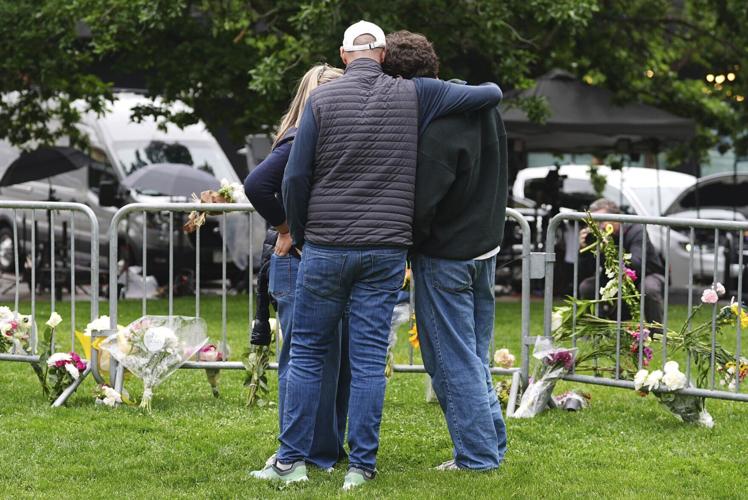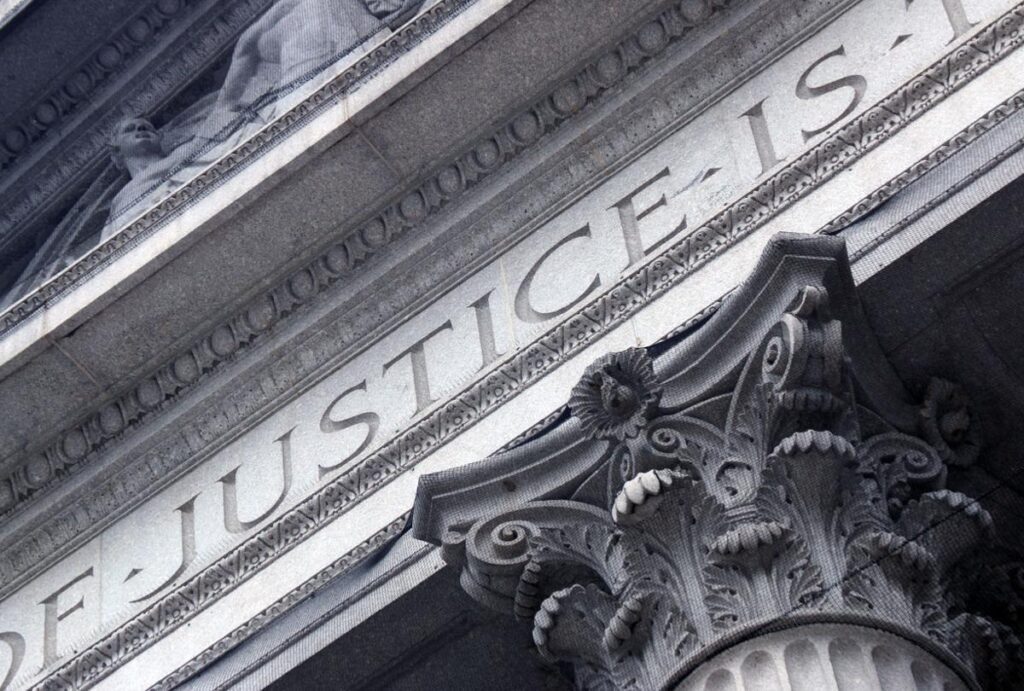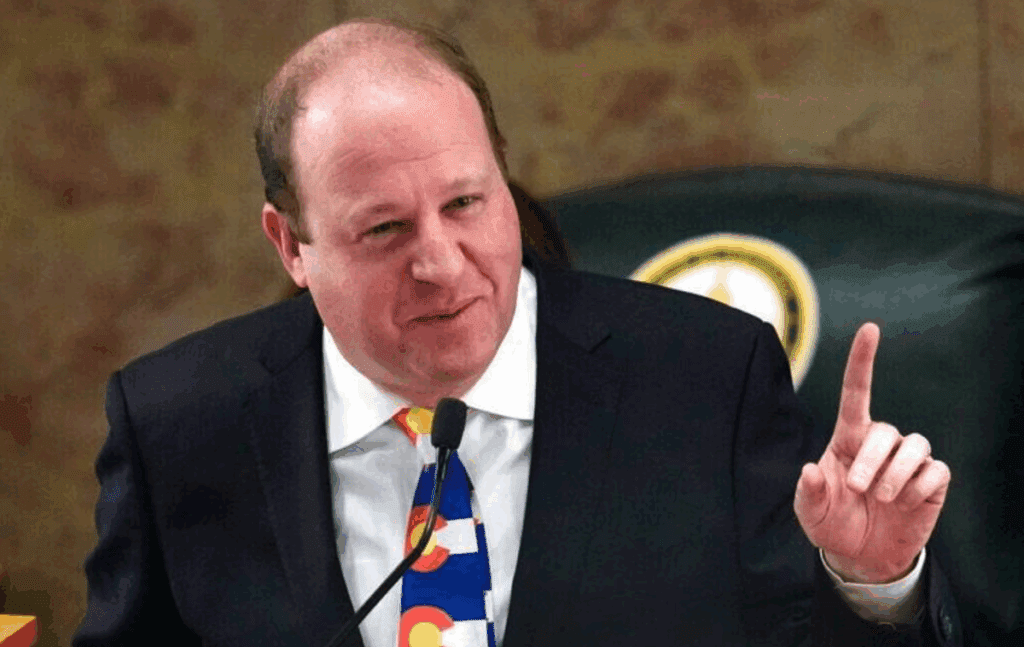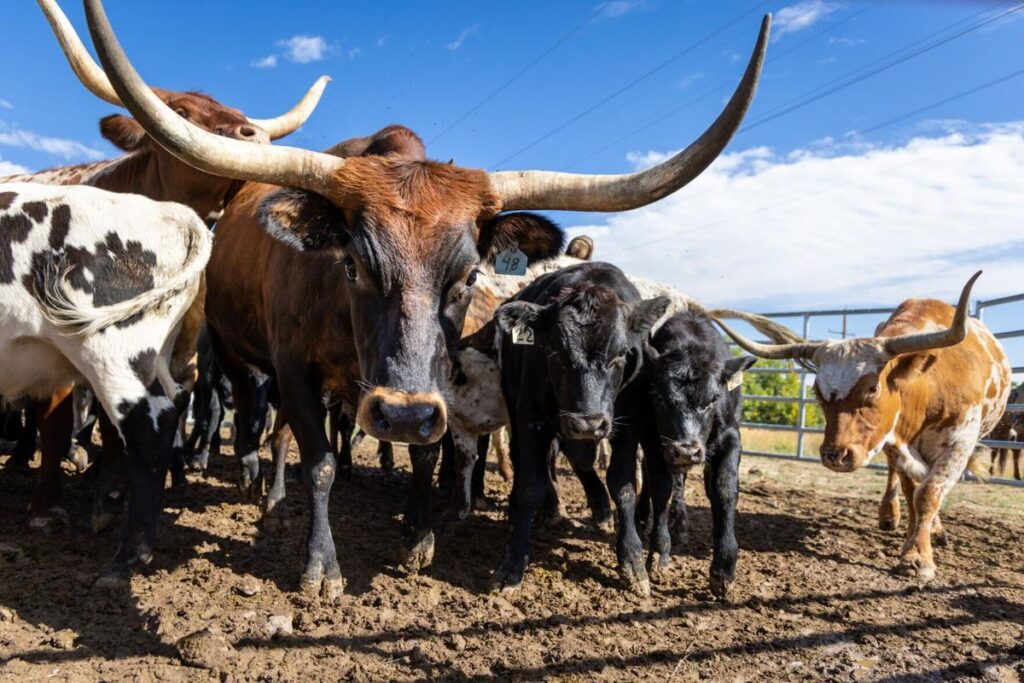The Colorado Springs Gazette: Economic growth will revive southeast Colorado Springs
The Gazette’s five-day series on southeast Colorado Springs exposed in agonizing detail the problems facing our community’s southeast neighborhoods, which consist of more than 94,000 people and are missing out on an economic and cultural revolution that characterizes much of the rest of the city.
Problems affecting the southeast include:
– 30 percent of violent crime
– 40 percent of the city’s gang population
– 42 percent of the city’s poor children
– 34 percent of city residents living at or below the federal poverty line
– Highest rate of deaths by gunshots among federal census tracts in Colorado
– Poor physical and mental health
– Up to three times the city’s unemployment rate
And more.
The question now is, what can be done?
No American city has managed to resolve poverty, which underscores every problem outlined in the series. But local, state and federal governments have long succeeded in reducing poverty and suffering through good public policy.
Social services offices, which were long ago moved from southeast Colorado Springs, are some of the low-hanging fruit in this dilemma. With good intentions, the county moved a variety of services, from neighborhoods that need them most, to consolidate them in a complex the county bought on Garden of the Gods Road in west Colorado Springs.
The move caused residents of sprawling southeast neighborhoods, many of whom do not have private transportation, to travel hours by bus to access common services.
County officials should move some of the most critical services back to the southeast in an efficient satellite office. An unfortunate surplus of empty storefronts in outdated strip malls provides ample opportunity to bring services within easier access of consumers.
Another quick response involves more enforcement and tougher penalties against landlords with repeat code violations. First, simply enforce the laws enacted to protect people from negligent and predatory housing practices. Then, change the fines to a progressive system. A landlord who commits the same violation for the 100th time should not pay the same 100 bucks paid for the first violation. The penalty system is no deterrent for landlords big enough to absorb weak penalties aimed at protecting the public.
The bigger, long-term solution to problems in the southeast involves economic growth.
Political science professor and author Tom Krannawitter sums up the value of growth in helping resolve poverty:
“Coldness is the absence of heat; darkness is the absence of light; poverty is the absence of wealth. The good news: Heat can be created by human beings; light can be created by human beings; wealth can be created by human beings.”
Residents of southeast neighborhoods, along with business and political leaders throughout the city, need a renewed focus on igniting a retail, professional, vocational and industrial renaissance in the southeast.
Low-priced homes and empty storefronts can be seen as blight, but they also pose opportunity for people to begin new ventures and lives.
We don’t have a magic bullet suggestion for spurring economic growth, but know for certain it stands as the best long-term means of improving living standards in a major chunk of our city. The southeast is such a culturally rich area, an asset that could be the catalyst for some innovative economic ideas.
Let’s start talking and meeting about quick policy changes that can help, while focusing on the life-changing benefits of creating economic growth in areas of the city that suffer today and could glimmer tomorrow.











